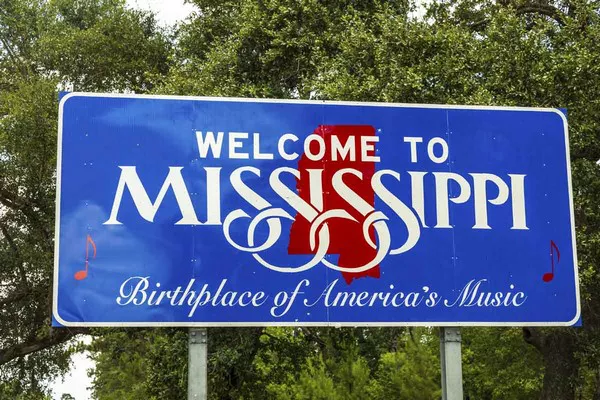The United States, known for its economic prowess, is a nation of stark contrasts. While some states thrive with robust economies, others face persistent challenges that contribute to their status as the poorest in the nation. In this article, we will explore the economic landscape of the ten poorest states in America, shedding light on the underlying factors that contribute to their economic struggles.
The 10 Poorest States in America
1. Mississippi
At the top of the list is Mississippi, a state grappling with a complex web of economic challenges. High rates of poverty, limited educational opportunities, and a lack of diversified industries contribute to Mississippi’s persistent struggle to improve its economic standing. The state’s reliance on agriculture and manufacturing, coupled with a historical legacy of racial disparities, poses significant hurdles to economic growth.
2. West Virginia
West Virginia faces a unique set of challenges, primarily rooted in its dependence on the coal industry. As the nation transitions towards cleaner energy sources, West Virginia’s economy has taken a hit, leading to job losses and a decline in overall economic stability. Addressing the need for economic diversification and retraining the workforce are crucial steps toward improving the state’s economic outlook.
3. Arkansas
Arkansas grapples with a low median income, limited access to quality education, and a workforce that is often under-skilled for the demands of a rapidly evolving economy. Bridging the gap between education and industry needs is essential for Arkansas to break free from the cycle of poverty that has plagued the state.
4. Alabama
While Alabama has made strides in diversifying its economy, it still faces challenges such as high unemployment rates and a substantial portion of the population living below the poverty line. Encouraging investment in technology, education, and healthcare can help Alabama move towards a more sustainable and inclusive economic future.
5. New Mexico
New Mexico’s economic struggles are rooted in a combination of factors, including a reliance on federal spending, limited access to quality healthcare, and educational disparities. Fostering innovation and attracting industries beyond government-related sectors can be pivotal in revitalizing the state’s economy.
6. Kentucky
Kentucky’s economy is closely tied to the manufacturing and agricultural sectors, contributing to its vulnerability in the face of economic downturns. Addressing issues like workforce development, access to healthcare, and improving infrastructure can set the stage for Kentucky’s economic revival.
7. Louisiana
Louisiana, known for its vibrant culture, grapples with economic challenges stemming from its susceptibility to natural disasters and a reliance on the energy sector. Diversifying the economy, investing in infrastructure, and addressing environmental concerns are crucial for Louisiana’s economic resilience.
8. South Carolina
While South Carolina has experienced growth in certain sectors, a high poverty rate and income inequality persist. Strengthening educational opportunities, particularly in vocational training, and attracting industries that align with the state’s strengths can be instrumental in fostering economic stability.
9. Arizona
Despite its reputation as a rapidly growing state, Arizona faces economic challenges such as low wages, limited access to quality education, and a high poverty rate. Investing in education, technology, and sustainable industries can pave the way for Arizona to overcome its economic hurdles.
10. Tennessee
Tennessee rounds out the list of the ten poorest states, grappling with issues like low educational attainment, healthcare disparities, and a need for workforce development. Prioritizing education, encouraging entrepreneurship, and investing in healthcare infrastructure can contribute to Tennessee’s economic improvement.
See Also: 10 Most Wealthy Cities In The United States
Conclusion
Understanding the economic challenges faced by the ten poorest states in America is crucial for developing targeted strategies that can foster positive change. From diversifying industries to investing in education and healthcare, each state must address its unique set of challenges to pave the way for a more prosperous future. By acknowledging these issues and implementing comprehensive solutions, policymakers can work towards creating a more inclusive and economically vibrant nation.
You Might Be Interested In:


























